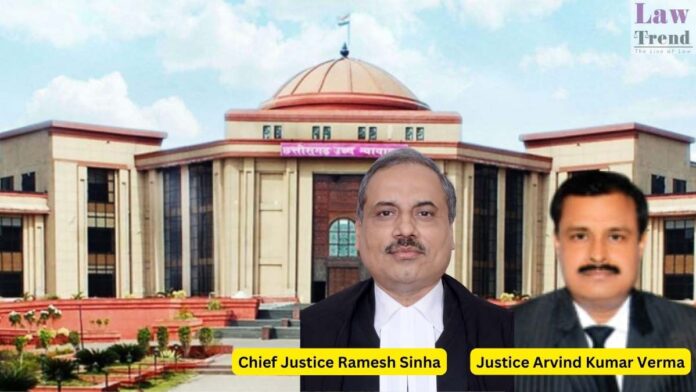The Chhattisgarh High Court has upheld the convictions of Chaneshwari Sahu and Pramod Kumar Sahu for the murder of Ganesh Ram Sahu, reaffirming that a child’s testimony may be accepted if it is found reliable and supported by other evidence on record. The Division Bench of Chief Justice Ramesh Sinha and Justice Arvind Kumar Verma
To Read More Please Subscribe to VIP Membership for Unlimited Access to All the Articles, Download Available Copies of Judgments/Order, Acess to Central/State Bare Acts, Advertisement Free Content, Access to More than 4000 Legal Drafts( Readymade Editable Formats of Suits, Petitions, Writs, Legal Notices, Divorce Petitions, 138 Notices, Bail Applications etc.) in Hindi and English.







